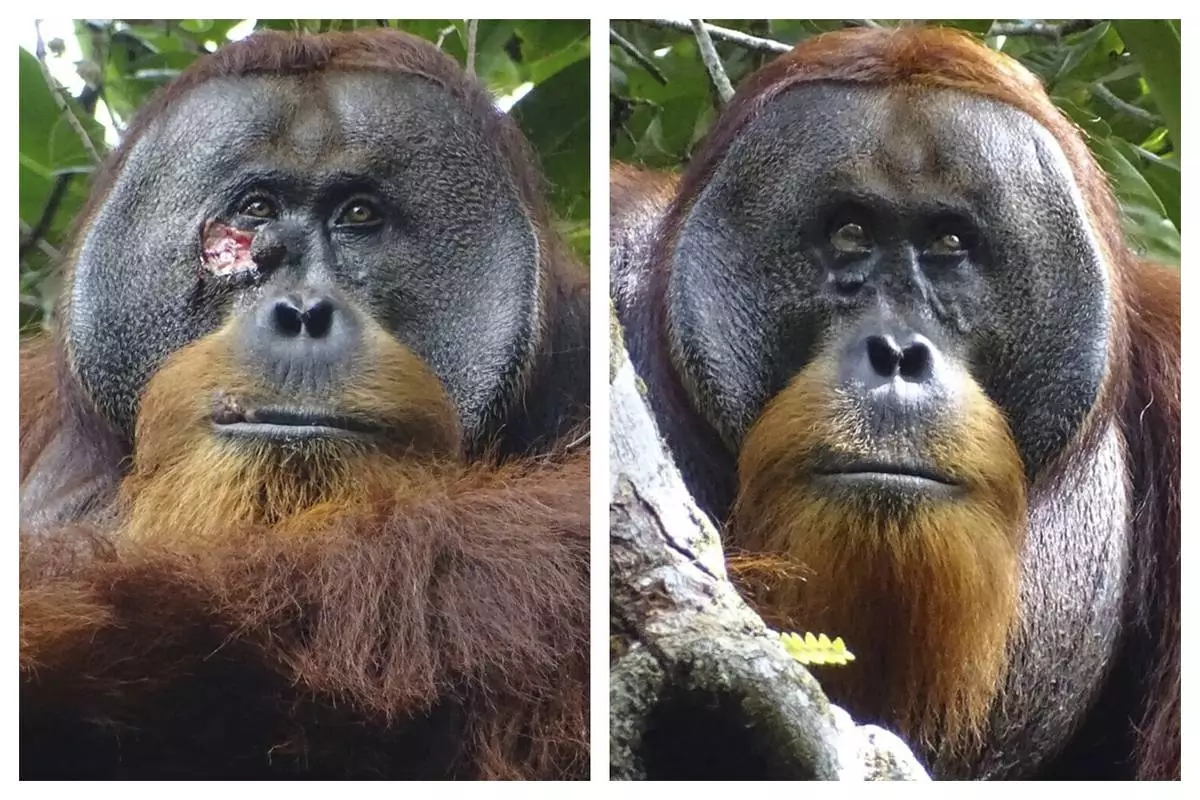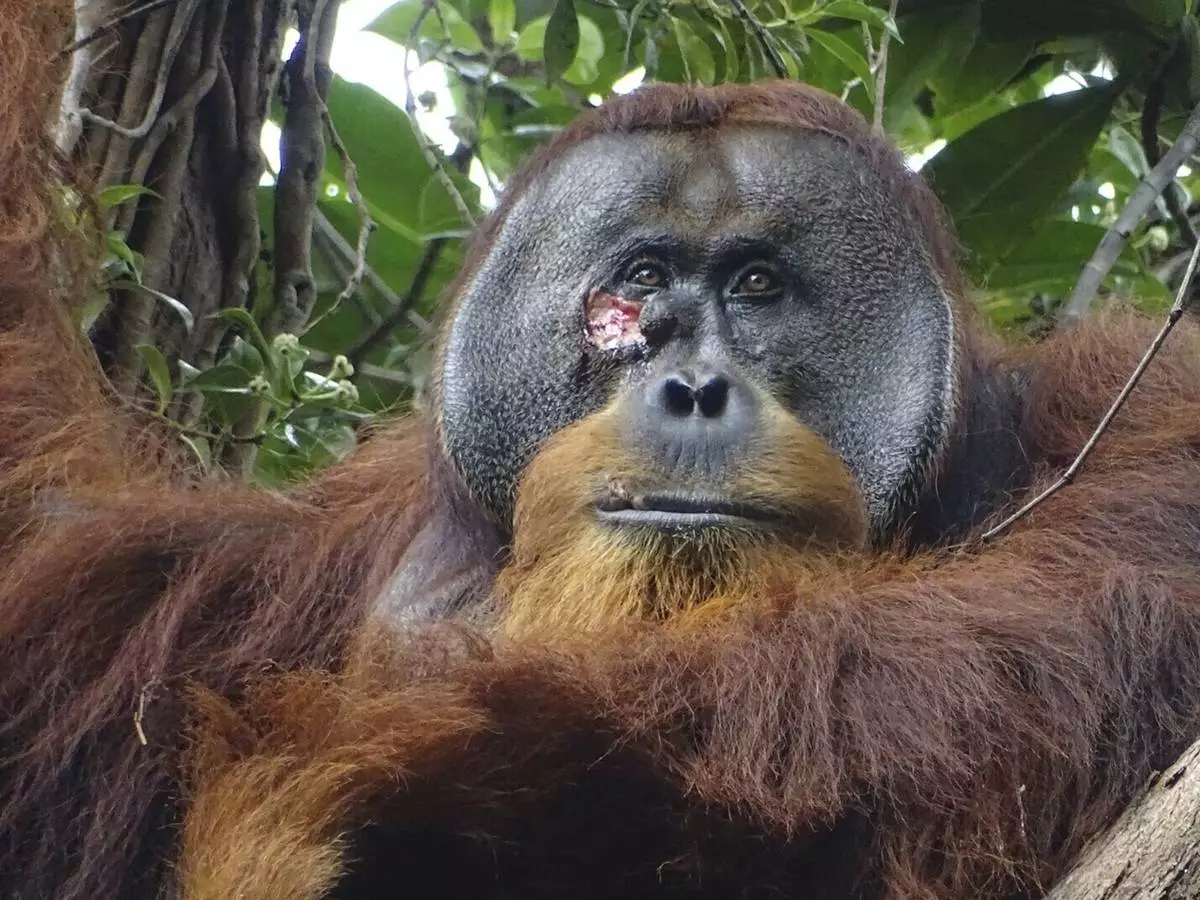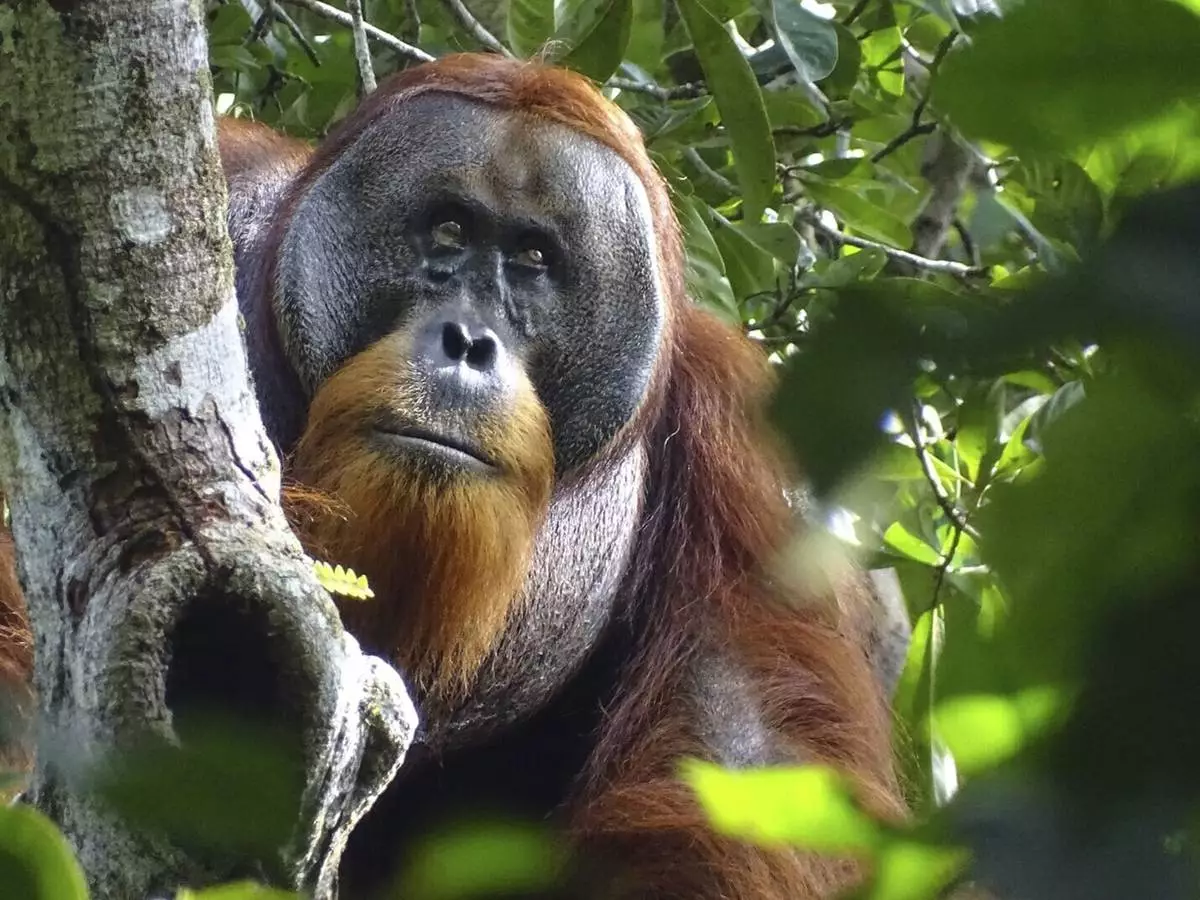NEW YORK (AP) — Coming up with the best tax strategy in retirement can be much trickier than it seems, and tax pros agree it's a time when people need to be especially careful to look at their entire financial picture before deciding on things like 401(k) withdrawal amounts and timing, or when to begin taking Social Security.
“It’s the biggest change in life other than death. Don’t be so quick about deciding when to take Social Security benefits or 401 benefits. Talk to a tax professional before you make these decisions to avoid surprises. It may save you a lot in tax dollars,” says Tom O’Saben, director of tax content and government relations at the National Association of Tax Professionals.
Withdrawing a large amount to do something like pay off a mortgage could result in a dramatic increase in what percentage of your Social Security benefits will be taxed, for example.
“A $20,000 capital gain might cause an equal amount of Social Security income to be taxable. Capital gains can also have impact on the other parts of your tax return,” O’Saben says.
“Some people take a large distribution from their 401(k) to pay off the house, for example. Well, now you’ve raised your income bracket and you’ll have 85% of your Social Security that’s taxable,” he points out.
Withdrawing from a retirement account too soon could also result in hefty penalties or a surprise in taxes owed.
And taking Social Security benefits earlier than needed could result in receiving a lot less every month than if you’d waited until the maximum age of 70.
On the upside, it’s not too late for taxpayers 50 and older to make catch-up contributions to their traditional or Roth IRA for tax year 2023. Catch-up contributions to an IRA are due by the due date of your tax return (return extensions are not included).
Taxpayers about to retire can still make this catch-up contribution, which may increase their retirement benefits and decrease their taxable income for 2023, said Kathy Pickering, chief tax officer at H&R Block.
Find more of AP’s tax season coverage here: https://apnews.com/hub/personal-finance

FILE - A couple sit along a trail overlooking White Rock Lake in Dallas on Feb. 24, 2024. Coming up with the best tax strategy in retirement can be much trickier than it seems, and tax pros agree that it is a time when people need to be especially careful. (AP Photo/Tony Gutierrez-File)
WASHINGTON (AP) — An orangutan appeared to treat a wound with medicine from a tropical plant— the latest example of how some animals attempt to soothe their own ills with remedies found in the wild, scientists reported Thursday.
Scientists observed Rakus pluck and chew up leaves of a medicinal plant used by people throughout Southeast Asia to treat pain and inflammation. The adult male orangutan then used his fingers to apply the plant juices to an injury on the right cheek. Afterward, he pressed the chewed plant to cover the open wound like a makeshift bandage, according to a new study in Scientific Reports.
Previous research has documented several species of great apes foraging for medicines in forests to heal themselves, but scientists hadn't yet seen an animal treat itself in this way.
“This is the first time that we have observed a wild animal applying a quite potent medicinal plant directly to a wound,” said co-author Isabelle Laumer, a biologist at the Max Planck Institute of Animal Behavior in Konstanz, Germany.
The orangutan's intriguing behavior was recorded in 2022 by Ulil Azhari, a co-author and field researcher at the Suaq Project in Medan, Indonesia. Photographs show the animal’s wound closed within a month without any problems.
Scientists have been observing orangutans in Indonesia’s Gunung Leuser National Park since 1994, but they hadn’t previously seen this behavior.
“It’s a single observation," said Emory University biologist Jacobus de Roode, who was not involved in the study. “But often we learn about new behaviors by starting with a single observation.”
"Very likely it’s self-medication,” said de Roode, adding that the orangutan applied the plant only to the wound and no other body part.
It’s possible Rakus learned the technique from other orangutans living outside the park and away from scientists' daily scrutiny, said co-author Caroline Schuppli at Max Planck.
Rakus was born and lived as a juvenile outside the study area. Researchers believe the orangutan got hurt in a fight with another animal. It's not known whether Rakus earlier treated other injuries.
Scientists have previously recorded other primates using plants to treat themselves.
Bornean orangutans rubbed themselves with juices from a medicinal plant, possibly to reduce body pains or chase away parasites.
Chimpanzees in multiple locations have been observed chewing on the shoots of bitter-tasting plants to soothe their stomachs. Gorillas, chimpanzees and bonobos swallow certain rough leaves whole to get rid of stomach parasites.
“If this behavior exists in some of our closest living relatives, what could that tell us about how medicine first evolved?” said Tara Stoinski, president and chief scientific officer of the nonprofit Dian Fossey Gorilla Fund, who had no role in the study.
The Associated Press Health and Science Department receives support from the Howard Hughes Medical Institute’s Science and Educational Media Group. The AP is solely responsible for all content.

This combination of photos provided by the Suaq foundation shows a facial wound on Rakus, a wild male Sumatran orangutan in Gunung Leuser National Park, Indonesia, on June 23, 2022, two days before he applied chewed leaves from a medicinal plant, left, and on Aug. 25, 2022, after his facial wound was barely visible. (Armas, Safruddin/Suaq foundation via AP)

This photo provided by the Suaq foundation shows a facial wound on Rakus, a wild male Sumatran orangutan in Gunung Leuser National Park, Indonesia, on June 23, 2022, two days before he applied chewed leaves from a plant, used throughout Southeast Asia to treat pain and inflammation and to kill bacteria, to the wound. (Armas/Suaq foundation via AP)

This photo provided by the Suaq foundation shows Rakus, a wild male Sumatran orangutan in Gunung Leuser National Park, Indonesia, on Aug. 25, 2022, after his facial wound was barely visible. Two months earlier, researchers observed him apply chewed leaves from a plant, used throughout Southeast Asia to treat pain and inflammation and to kill bacteria, to the wound. (Safruddin/Suaq foundation via AP)













